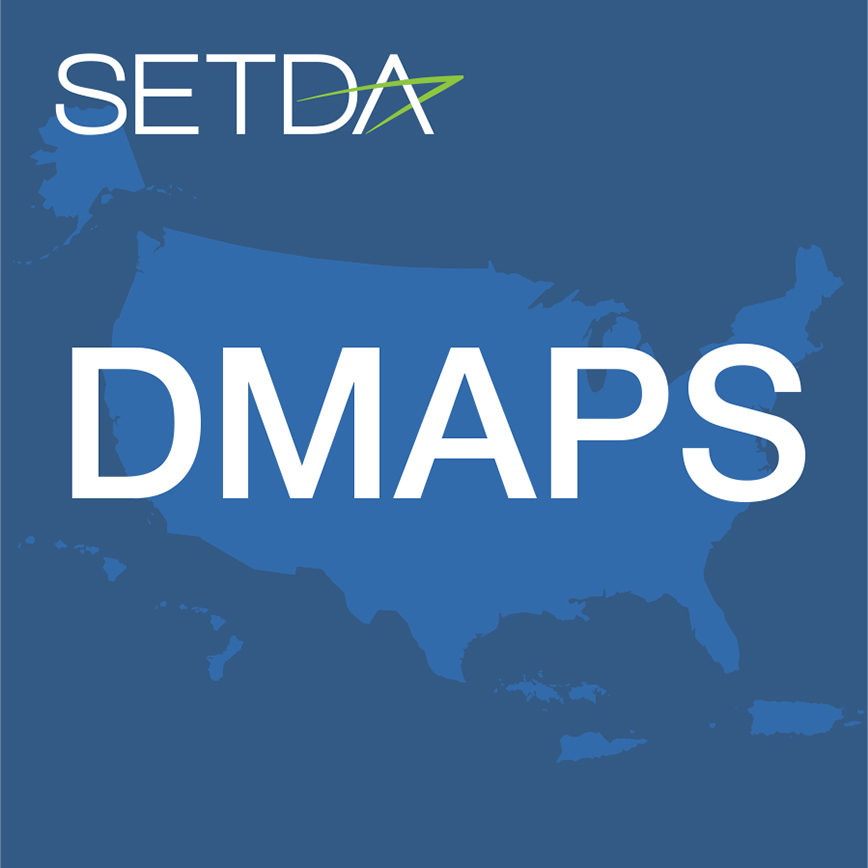
Shifting to digital – what is the story ?

Since SETDA’s seminal 2012 resource, Out of Print: Reimagining the K-12 Textbook in the Digital Age, traditionalists take comfort in the fact that in spite of proliferation of digital content and open educational resources, plus national and state groups supporting digital learning, these digital tools are still very, very slowly making their way into the classroom. Just why is this happening at such a slow pace? Well for one thing, the tradition of using hard copy textbooks is a contributing factor. Bound texts that align content to meet state standards are assumed to suffice. Next, the elements to support the transition to digital learning, including bandwidth, devices and teacher training can be barriers as schools and districts need time to transition budgets and to build the infrastructure to support digital learning. Lastly, the pressure on teachers to meet accreditation standards, as well as for students to meet learning standards, is another issue that does not foster an environment that encourages taking a chance on change.

SETDA believes that several key factors can be put in place to help increase the use of digital resources in the classroom. States should create and foster policies and procedures that are friendly to the identification, acquisition and use of these resources. In a 2015 survey, SETDA found that about 50% of states have put in place policies that offer flexibility for use, funding and acquisition of digital content.
In an effort to support the understanding of state policies and practices related to digital instructional materials, SETDA launched the Digital Instructional Materials Acquisitions for States (DMAPS) portal, a free online tool for educators, policy makers and the private sector. Site users will benefit from organized and accessible information regarding acquisition of digital instructional materials, including information about state guidance and policies, procurement, funding and digital learning resources for all 50 states, Guam and the Commonwealth of the Mariana Islands. SETDA hopes that as leaders consider updating or crafting new polices that they use the DMAPS tool to leverage the examples of policies and acquisition procedures that other states have put in place to support digital learning to best meet the individual needs of students. Site highlights include: a snapshot overview of policies/practices for each state, the ability to identify state trends and to compare states plus district exemplars. A national report, which complements this work and identifies national trends, will be released on October 26, 2015 at SETDA’s annual, invitation only Leadership Summit.
 The DMAPS tool is one important step in making it easier for state leaders to show the way forward and recognize the importance of digital resources to student learning. Would calling it a “catalyst” be too strong? I think not. Stay tuned.
The DMAPS tool is one important step in making it easier for state leaders to show the way forward and recognize the importance of digital resources to student learning. Would calling it a “catalyst” be too strong? I think not. Stay tuned.
